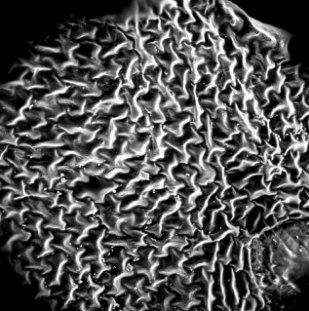

| Online: | |
| Visits: | |
| Stories: |

| Story Views | |
| Now: | |
| Last Hour: | |
| Last 24 Hours: | |
| Total: | |
Fern-leaf inspires electrode for solar energy storage
Researchers at the Australian RMIT have developed an electrode prototype, inspired by fern plants, that could be a major boost to the capacity of solar power. The graphene-based prototype also opens a new path to the development of flexible thin film solar capture and storage, advancing the feasibility of self-powering smart phones, laptops, cars and buildings.

The RMIT team said the new design drew on nature’s own solution to the challenge of filling a space in the most efficient way possible – through intricate self-repeating patterns known as “fractals”. “The leaves of the western swordfern are densely crammed with veins, making them extremely efficient for storing energy and transporting water around the plant,” said a leading member of the team. “Our electrode is based on these fractal shapes – which are self-replicating, like the mini structures within snowflakes – and we’ve used this naturally-efficient design to improve solar energy storage at a nano level.
Source: http://www.graphene-info.com/fern-leaf-inspires-electrode-solar-energy-storage


